
The tunnel of death from the First World War
Categories: First World War , Nálezy nejenom s detektorem v západní Evropě
It was not until decades after the end of the First World War that the so-called tunnel of death was found. Located near Reims, France, 275 young German soldiers were slowly dying there.
This tunnel was only recently discovered by history researchers. They've been searching for it for a quarter of a century. In the context of all the events that took place during the First World War, the tunnel was forgotten. Eventually, the entrance to the Winterberg Tunnel on the Chemin des Dames battlefield was excavated.
The question of what to do with the discovery was immediately raised. Should the bodies be quickly dug up and buried in a German war cemetery? Should there be an extensive archaeological dig so that we could learn more about the course of the war and the lives of the men who fought it? Should there be a memorial or museum? Action needs to be taken really quickly, lest the curious start descending on the still "secret" site.
At first glance, it was clear that someone had already visited the site, as a hole about three metres deep had been dug at the entrance and a collection of war artefacts such as axes and unexploded shells remained in a heap. In addition, there was a bone, probably from a forearm, but the robbers were unable to get directly into the tunnel, which is quite deep. The only thing they found were things thrown away after the grenades exploded, leaving the tunnel buried.
But no one doubts that the robbers will return to the site...
It all started in the spring of 1917, when the French launched an offensive to regain control of the local hills, which were in a west-eastern line a few miles north of the Aisne River. They also destroyed the two entrances to the Winterberg Tunnel, which remained buried after the explosion. This was a key location because the tunnel supplied the German front lines with weapons, ammunition, and manpower during the Second Battle of the Aisne. However, after the explosion, German soldiers were trapped inside and slowly died for several days.
Men from the 10th and 11th companies of the 111th Reserve Regiment were trapped inside. Over the next six days, when the oxygen ran out, they either suffocated or took their own lives. Some asked their comrades to kill them. Only three German soldiers managed to survive. They survived the lack of oxygen and managed to pull them out before the French finally took over the ridge.
At that point, digging the tunnel was not really a priority for the German army. There was chaos and destruction outside. At the end of the war, no one could say for sure where the Winterberg Tunnel was actually located. It was only recently that a father and son - Alain and Pierre Malinowski - found it.
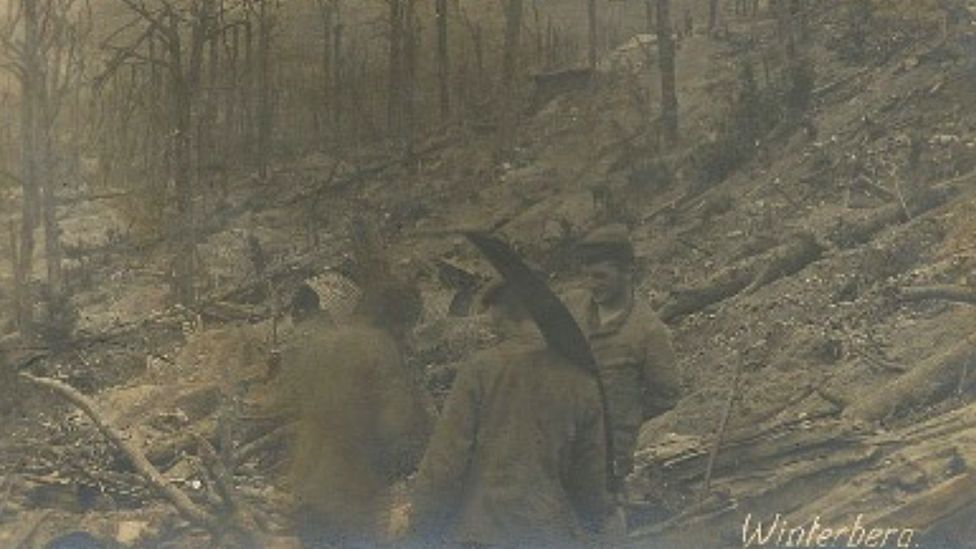
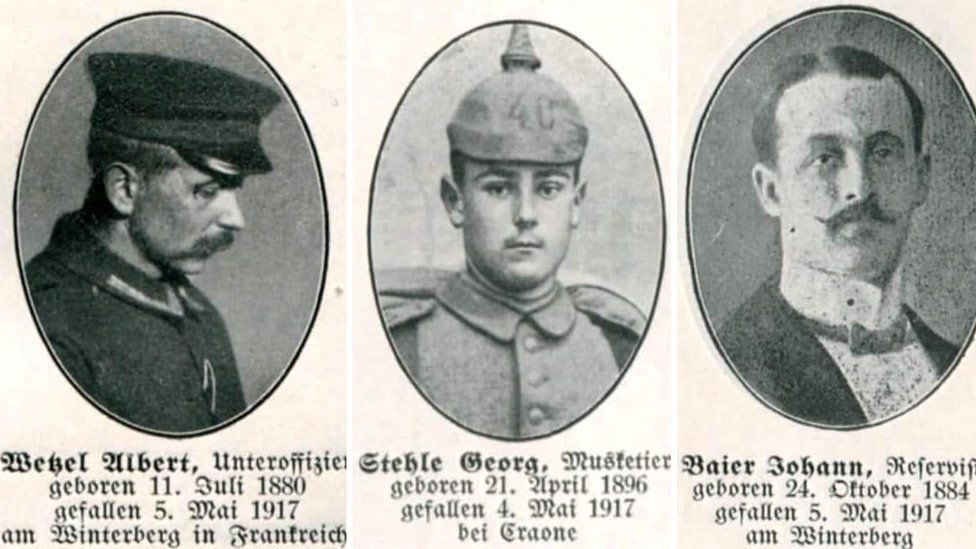
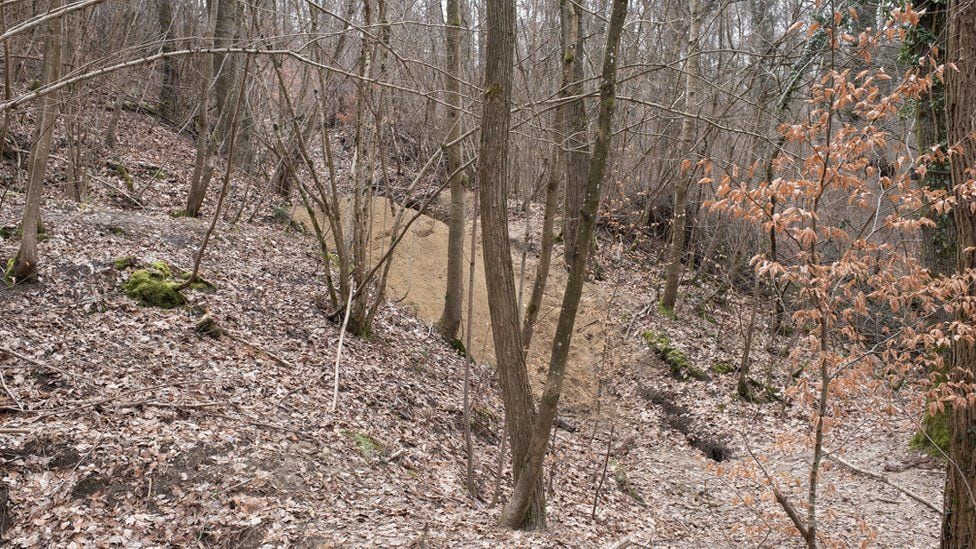
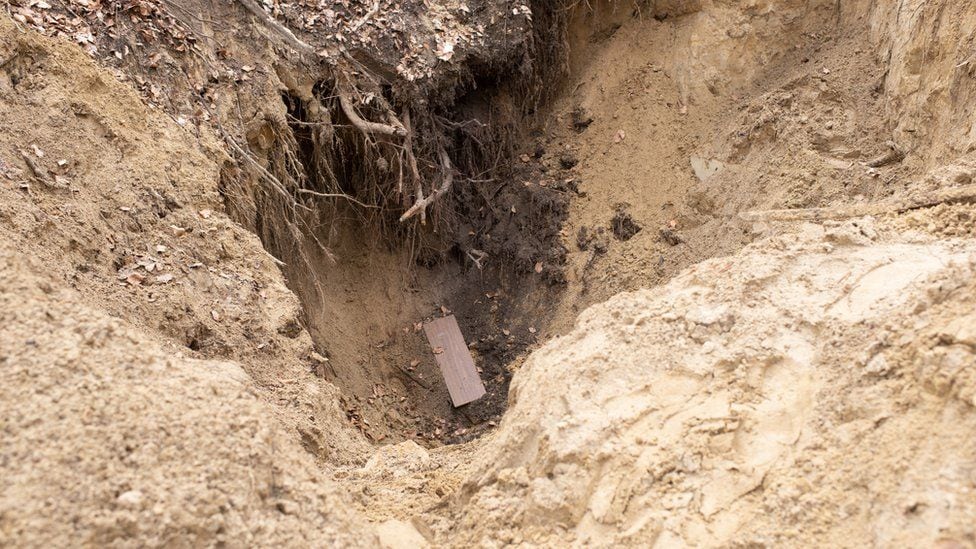
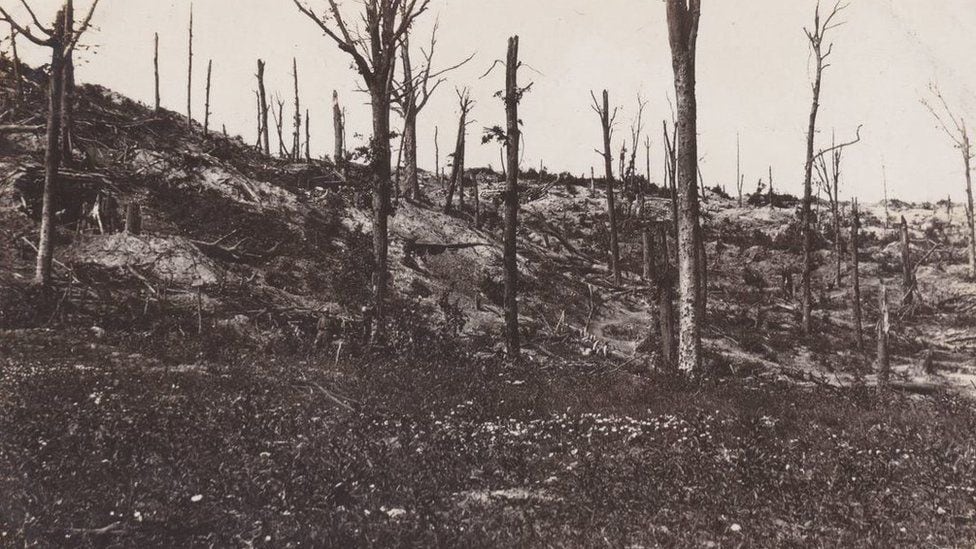
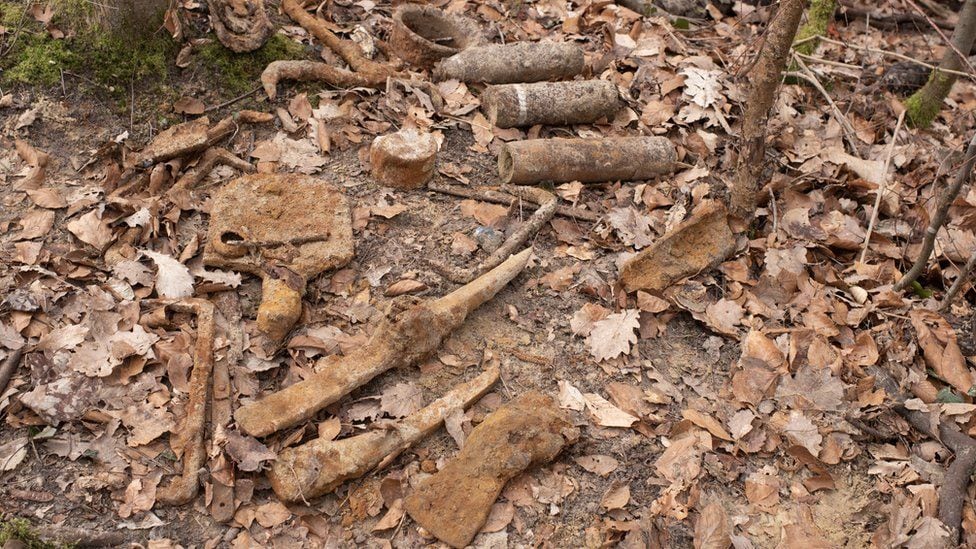
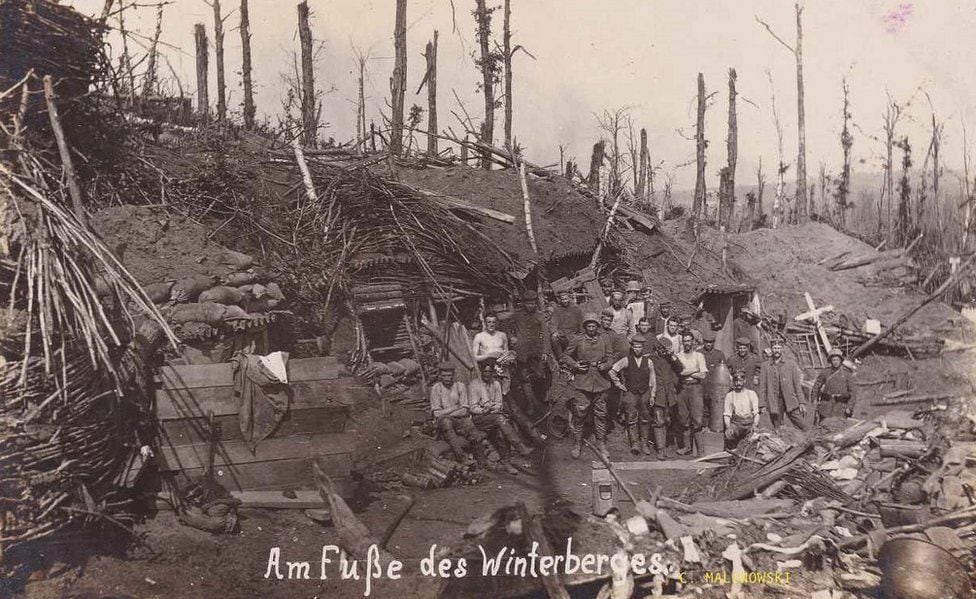
Sources: www.bbc.com
The article is included in categories:



